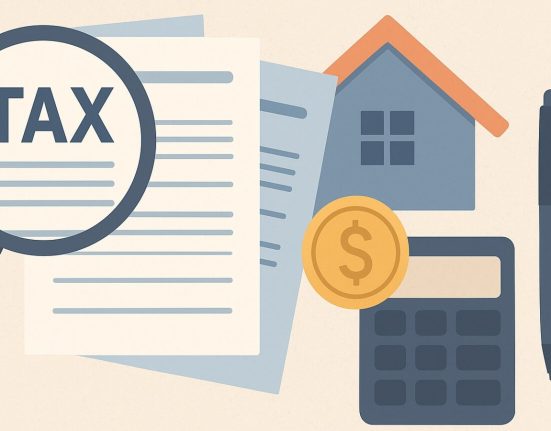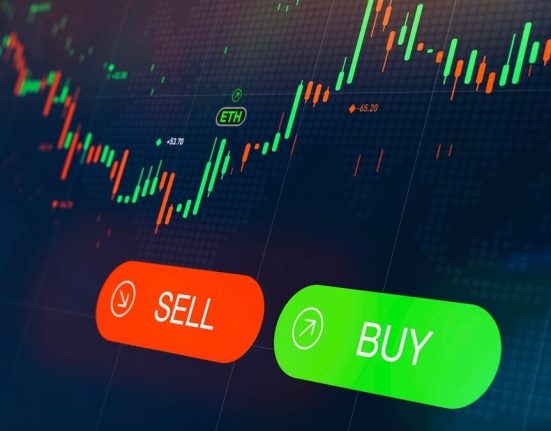Stock volatility got a lot of attention earlier this year, but bonds have had a share of tariff-related volatility, too, and then some.
Concerns that a budget bill could add trillions to the country’s debt and worries about the inflationary effects of tariffs pushed bond yields higher. (Bond prices and yields move in opposite directions.) A downgrade in U.S. credit from Moody’s Ratings didn’t help.
With this in mind, we decided it’s a good time to check in with our favorite bond exchange-traded funds (ETFs).
Sign up for Kiplinger’s Free E-Newsletters
Profit and prosper with the best of expert advice on investing, taxes, retirement, personal finance and more – straight to your e-mail.
Profit and prosper with the best of expert advice – straight to your e-mail.
As a group, the six bond funds in the Kiplinger ETF 20 have returned 5.5% over the past 12 months through the end of May, in line with the 5.5% gain in the Bloomberg U.S. Aggregate Bond Index.
All but one bond ETF beat the index. The Invesco Senior Loan ETF (BKLN) and the iShares Short Duration Bond Active ETF (NEAR) led the way, followed by the SPDR DoubleLine Total Return Tactical (TOTL), the Invesco BulletShares 2026 Corporate Bond (BSCQ) and the Fidelity Total Bond (FBND) funds.
A unique opportunity in bond ETFs
Trailing the Agg and the rest of the Kip ETF 20 bond funds over the past year was the Vanguard Tax-Exempt Bond (VTEB) fund. But it may be time to give munis a closer look.
The municipal bond market has been rocked since the start of the year, but for reasons that are more technical than fundamental.
A notable increase in muni-bond issuance in the first quarter of 2025, combined with reduced demand, was a drag on the relative performance of the sector, which consists mostly of securities rated double-A or better.
“Municipal bond fundamentals remain strong, with record-high state rainy-day funds and robust balance sheets,” says Paul Malloy, head of municipals at Vanguard. Meanwhile, municipal revenue sources are largely insulated from tariff and trade risks.
“This unique market condition offers high-earning investors a chance to capitalize on attractive yields while benefiting from the stability and resilience of municipal bonds,” says Malloy.
For investors in the 24% tax bracket, the fund’s 3.9% yield is equivalent to more than 5.1%.
This item first appeared in Kiplinger Personal Finance Magazine, a monthly, trustworthy source of advice and guidance. Subscribe to help you make more money and keep more of the money you make here.







